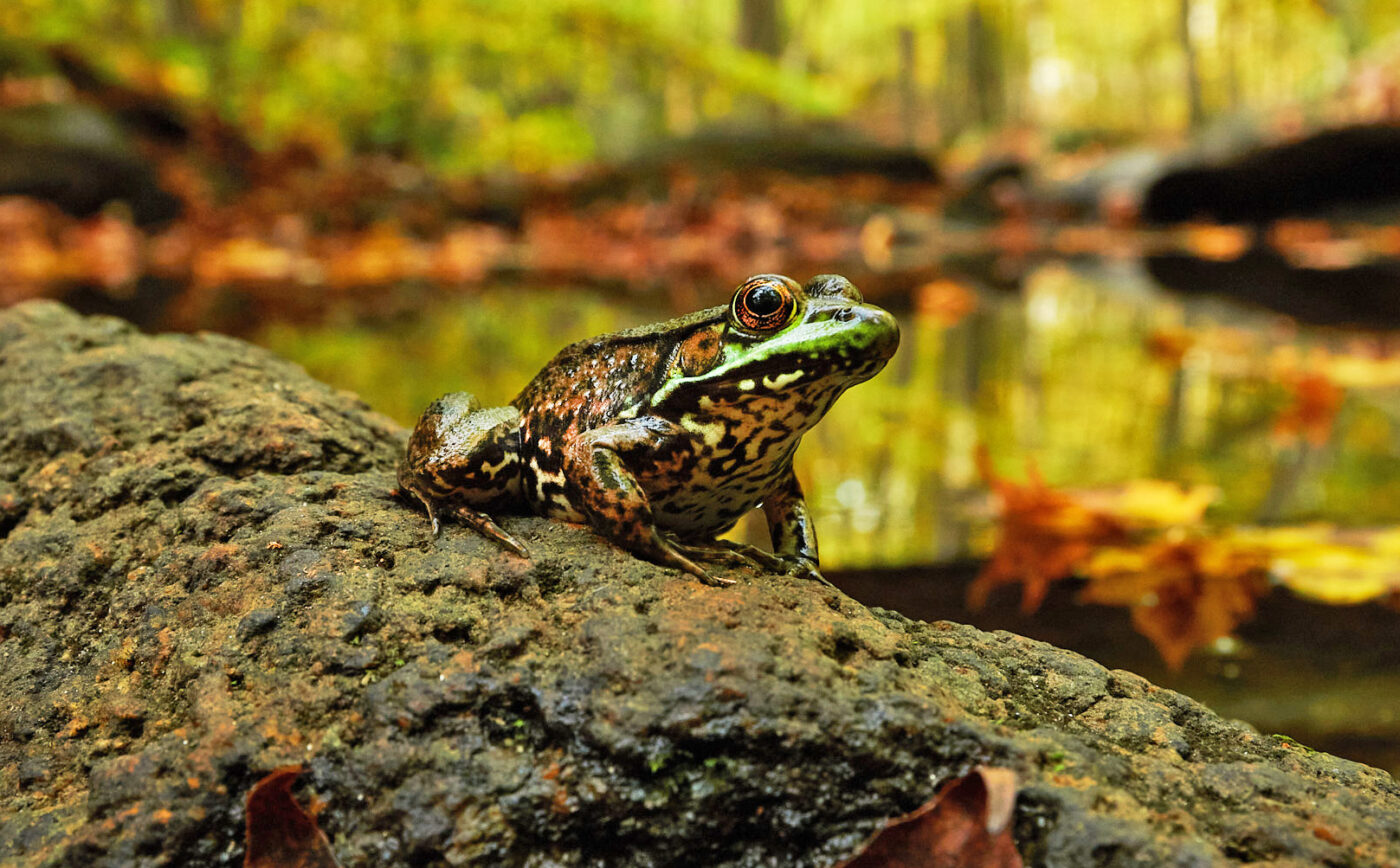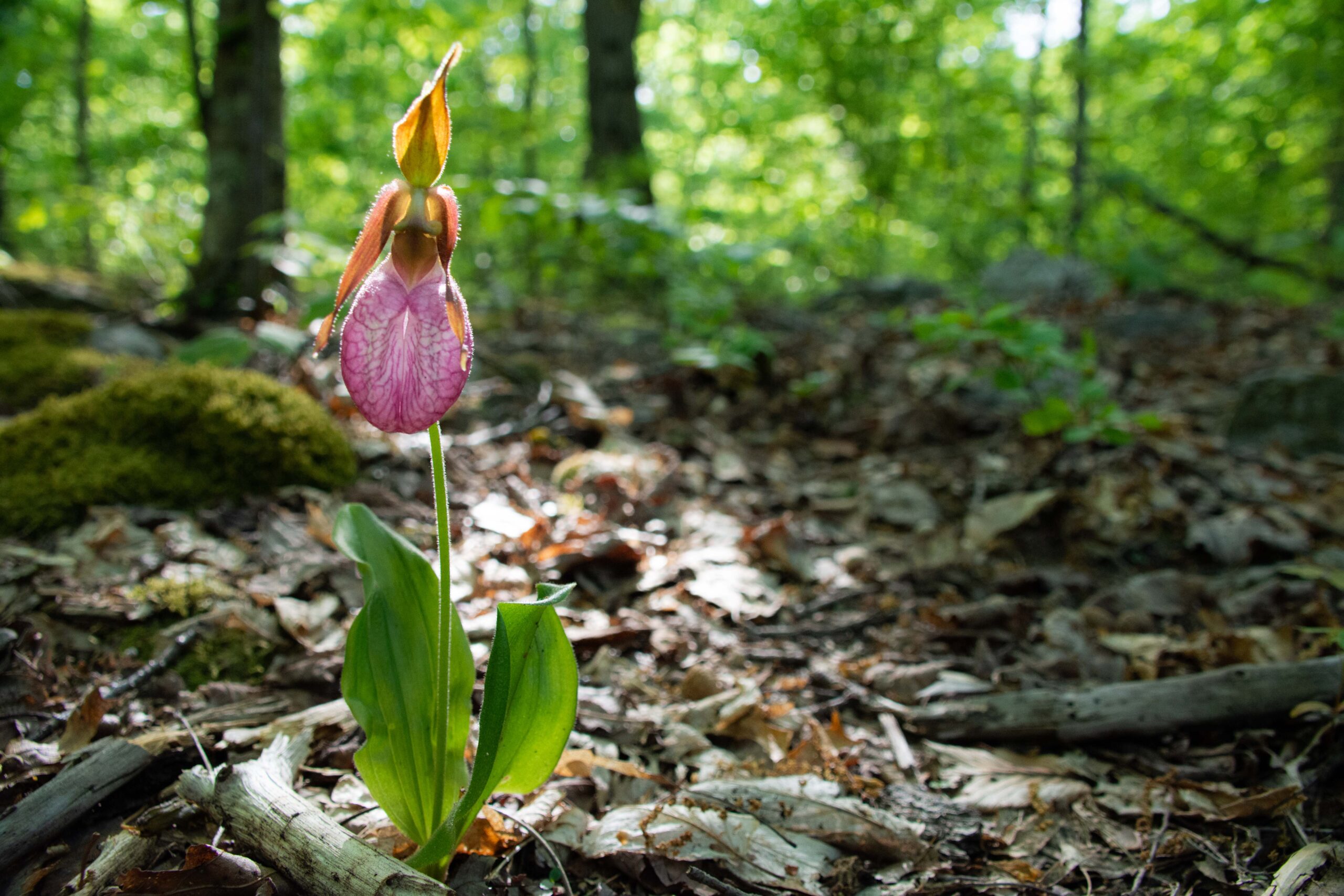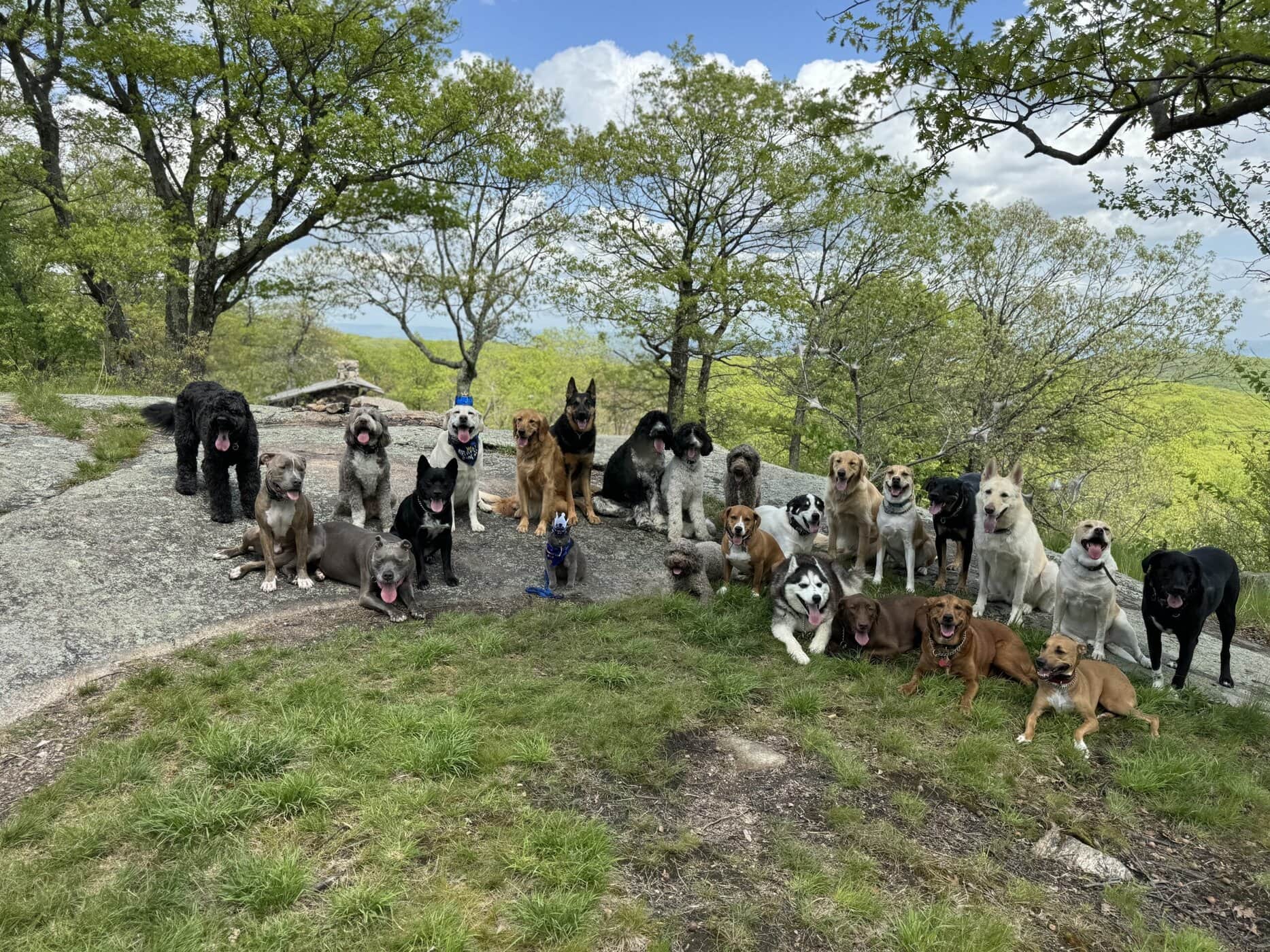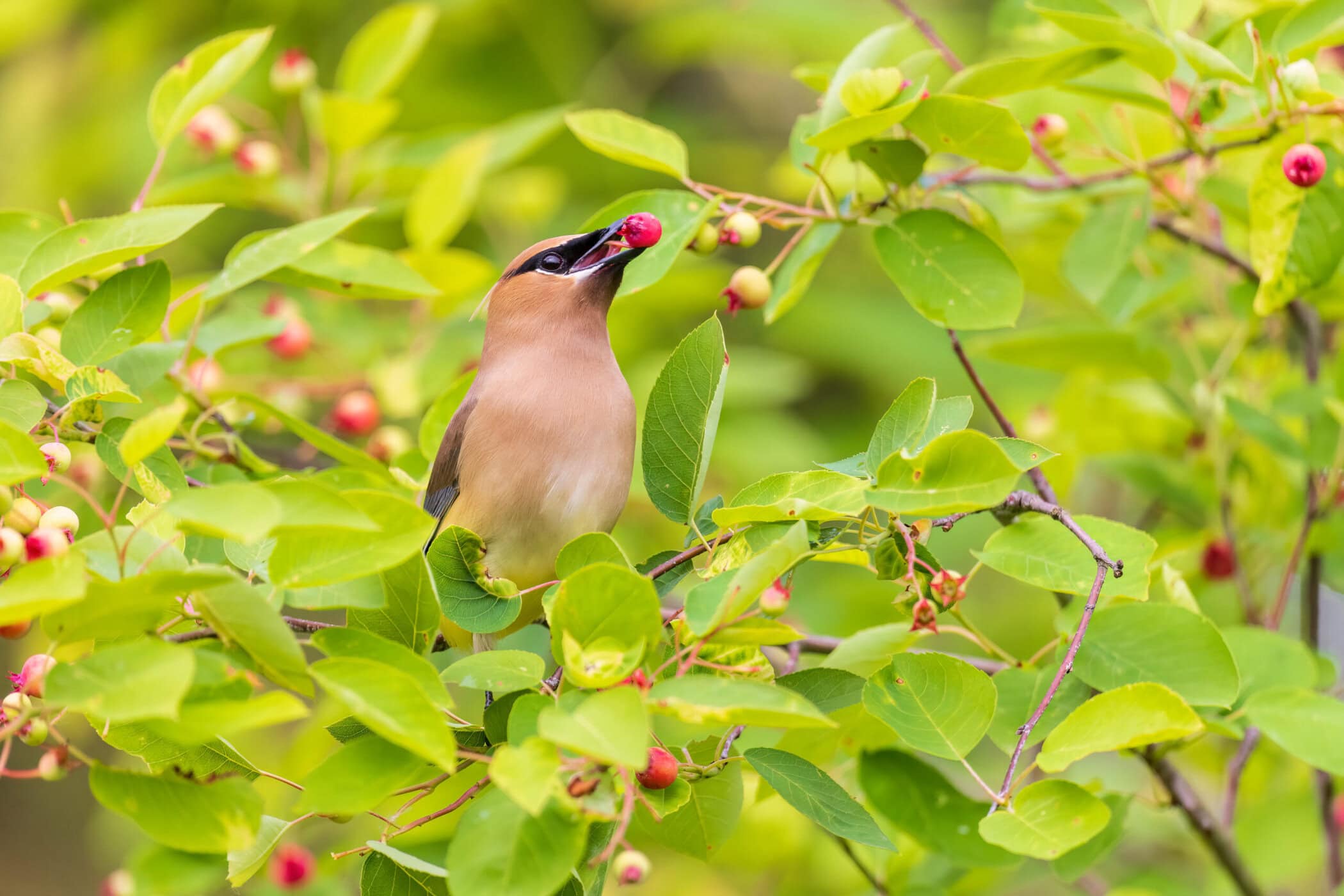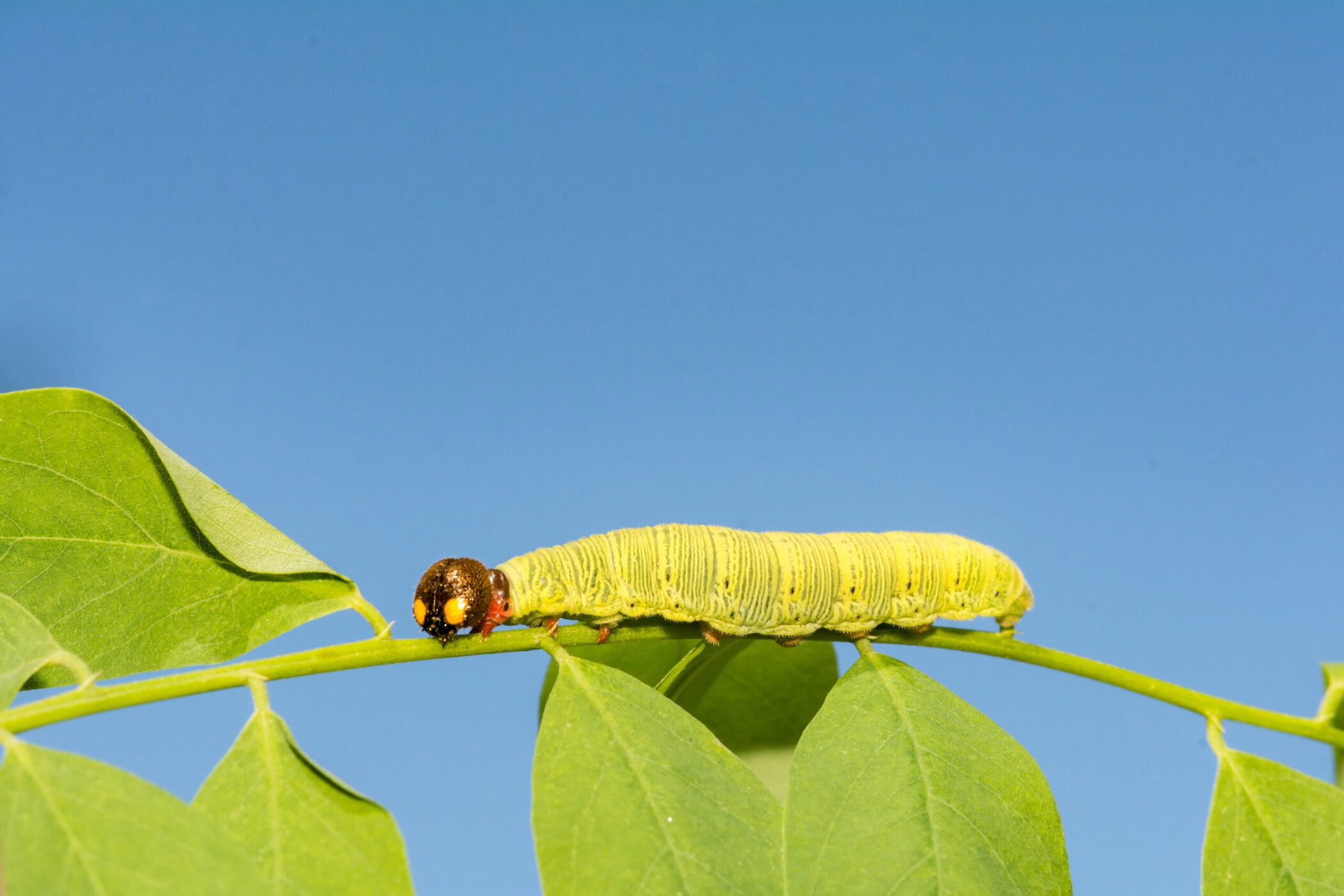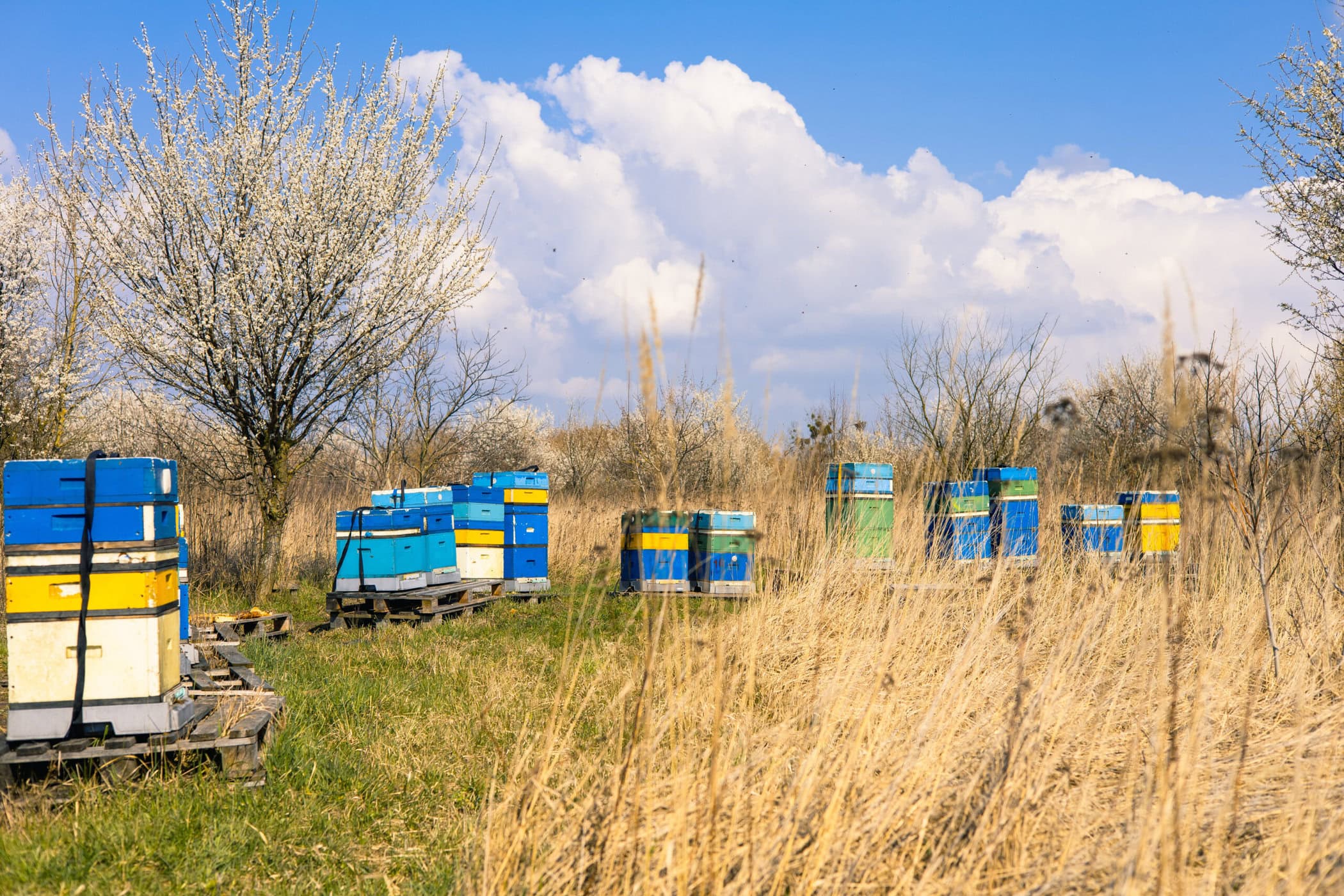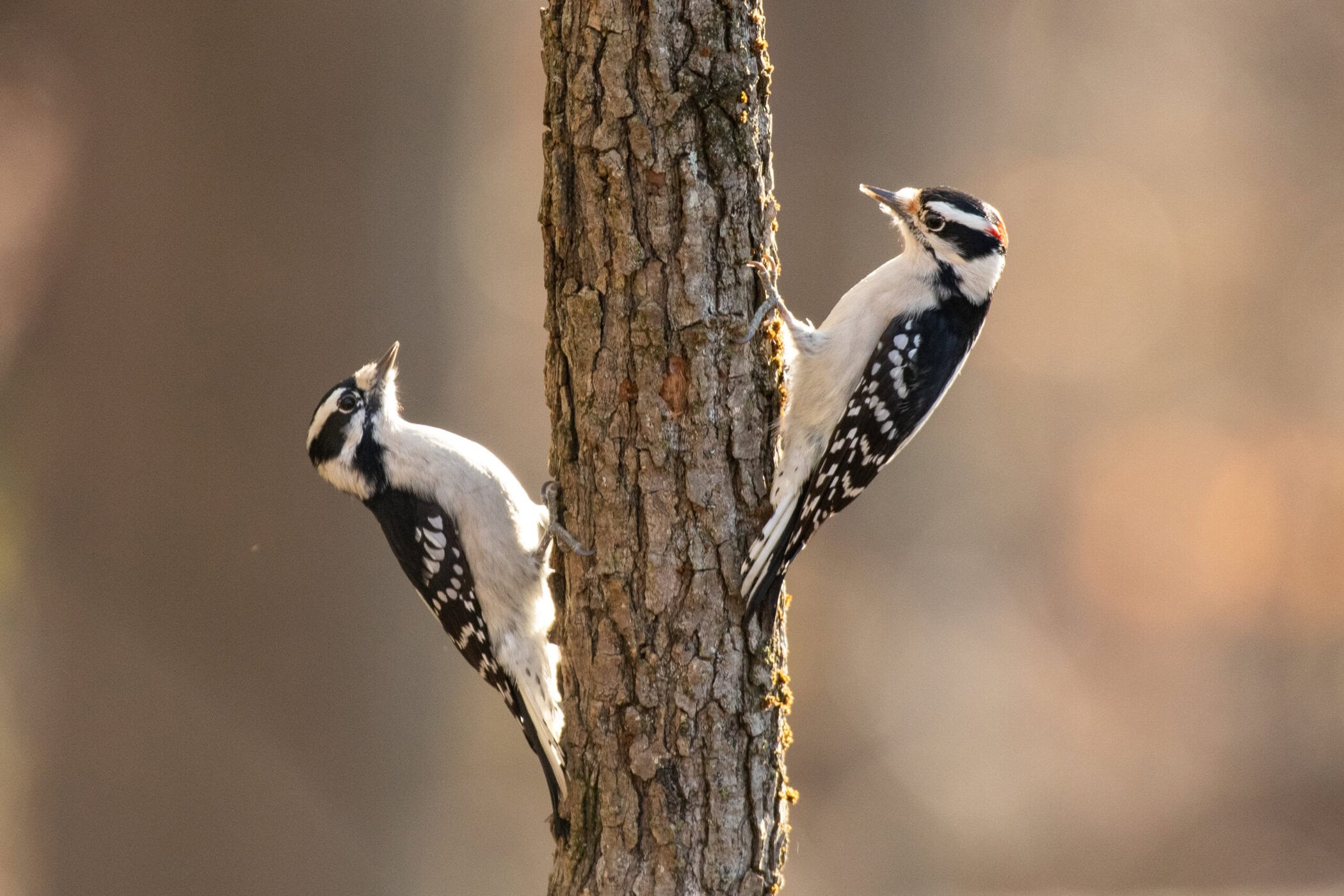Frogs may be the most familiar and observable amphibians in the Hudson Valley. Unlike their secretive cousins the salamanders, frogs can be easily found out and about hopping around ponds or along the forest floor during the warmer months of the year. And of course, you can even hear them calling on warm pre-spring “Big Nights,” as well as in the summertime. Here are some fascinating facts about the various species of frogs that make the Hudson Valley their home.
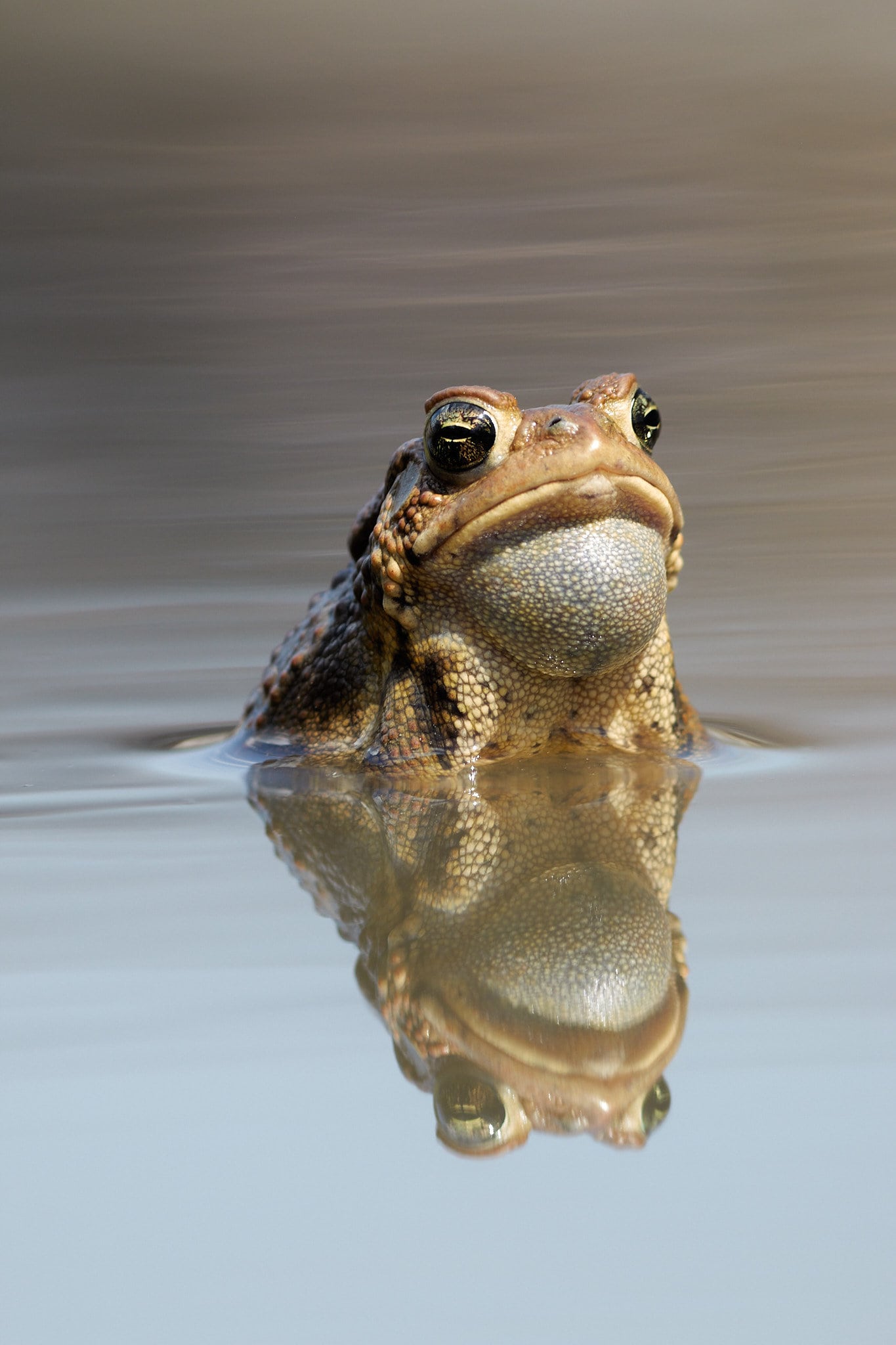
One of the first species of frogs to emerge in the spring is the wood frog (Lithobates sylvaticus). These are explosive breeders, appearing en masse in vernal pools — the valley’s special spring habitat for mating amphibians — with a distinct “quacking” call after the very first “warm” rains of spring (wood frogs have been known to be active even when snow is still on the ground). This is only a brief event of a few days to a week. Afterward the wood frogs return to a relatively terrestrial life on the shaded forest floor, where their camouflage helps them blend well into the leaf litter.
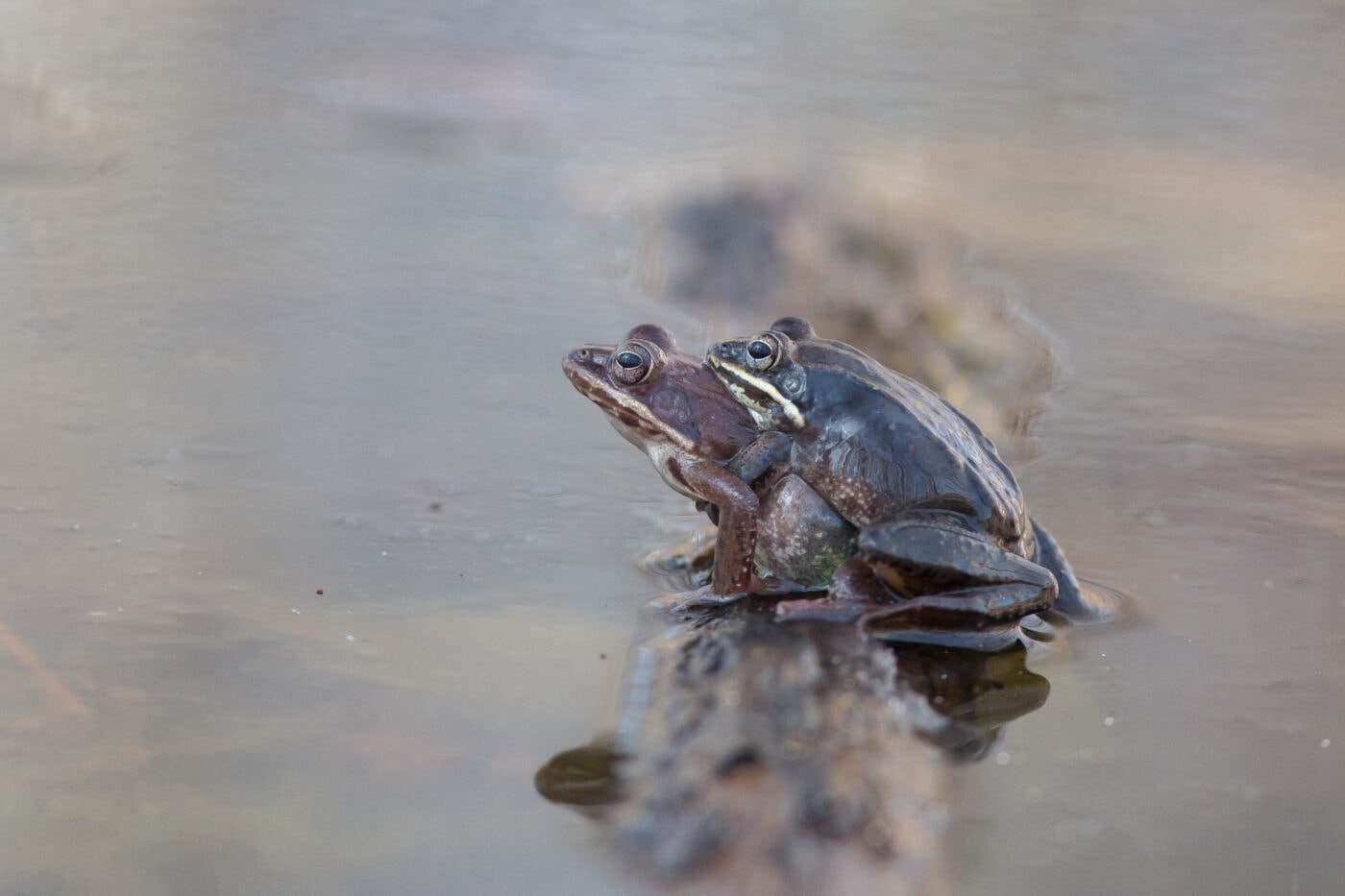
Wood frogs are especially spectacular in one regard. Most frogs hibernate during the winter by burrowing deep into substrate to avoid cold temperatures, but wood frogs stay close to the surface and have physiological adaptations to survive being frozen solid. High levels of glucose in the blood effectively act as antifreeze protecting vital organs and tissues while allowing dangerous ice crystals to form only outside of cells. This trait has allowed the wood frog to be the only frog species found above the Arctic Circle, reaching as far north as Alaska.
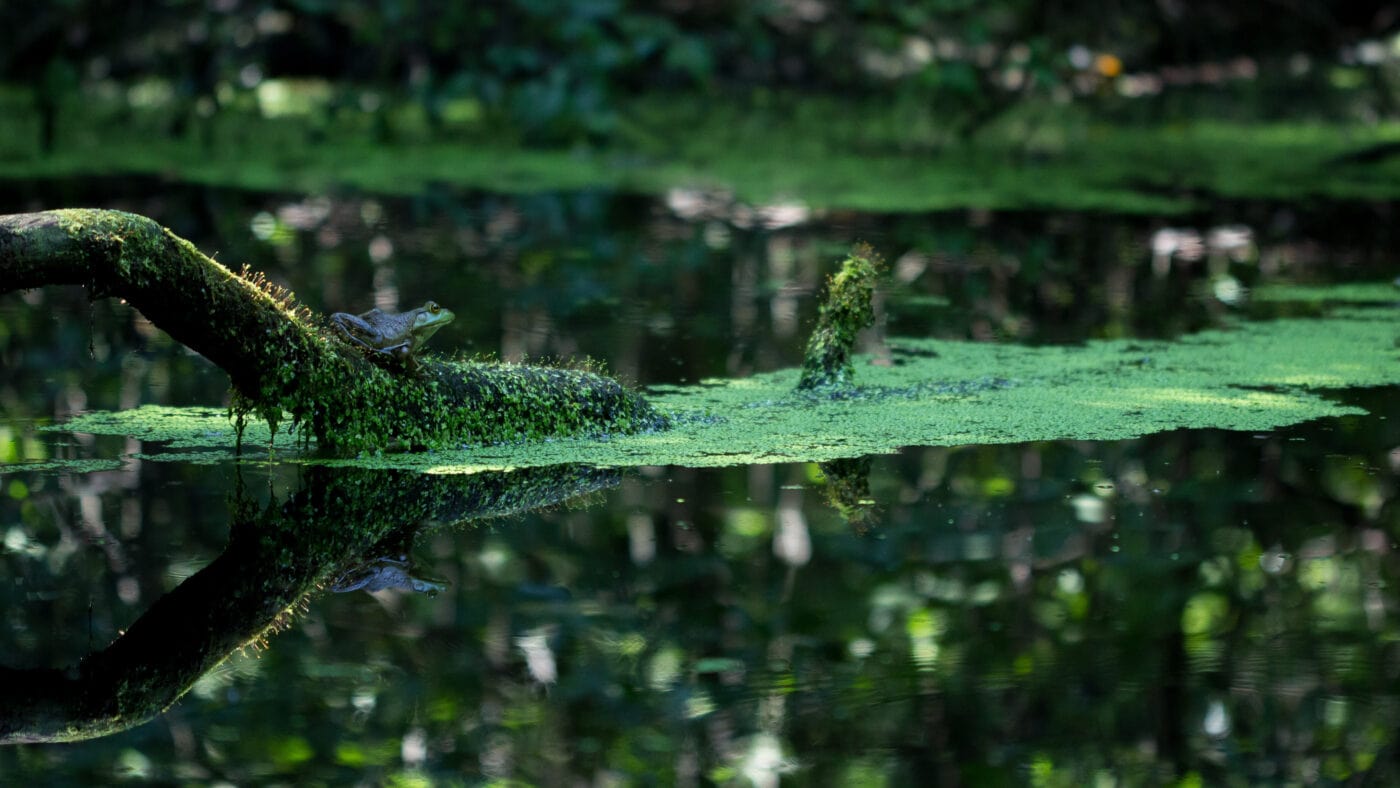
Spring peepers (Pseudacris crucifer) are another early spring arrival calling with their unmistakable shrill chirps and are usually found alongside wood frogs in March. These tiny frogs are actually members of the treefrog family — something that’s apparent when looking at their expanded toepads, although they tend to live closer to the ground in thickets and shrubs rather than high up in the trees. Their species name “crucifer” means cross-bearing and refers to the X-shaped marking on their back.
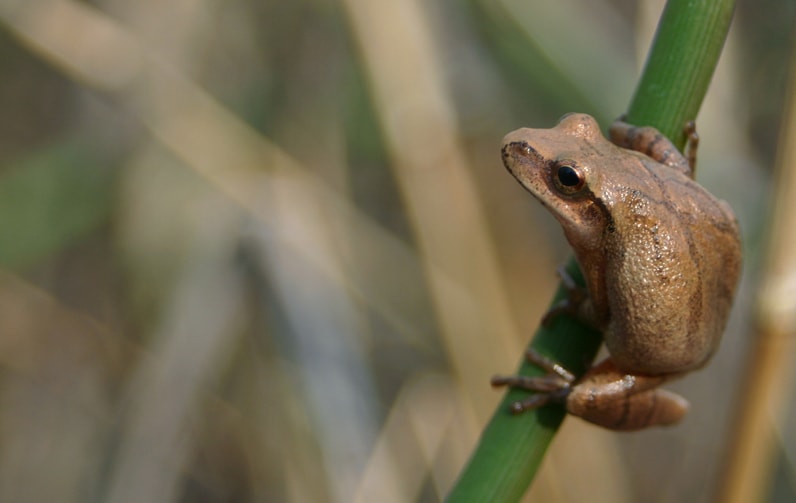
A more typical treefrog in New York is the gray treefrog (Hyla versicolor), although their name is a bit misleading since they’re capable of switching between a mottled gray and a bright green. Gray treefrogs usually begin calling around May through the summer in the lower Hudson Valley and have a distinct trilling call.
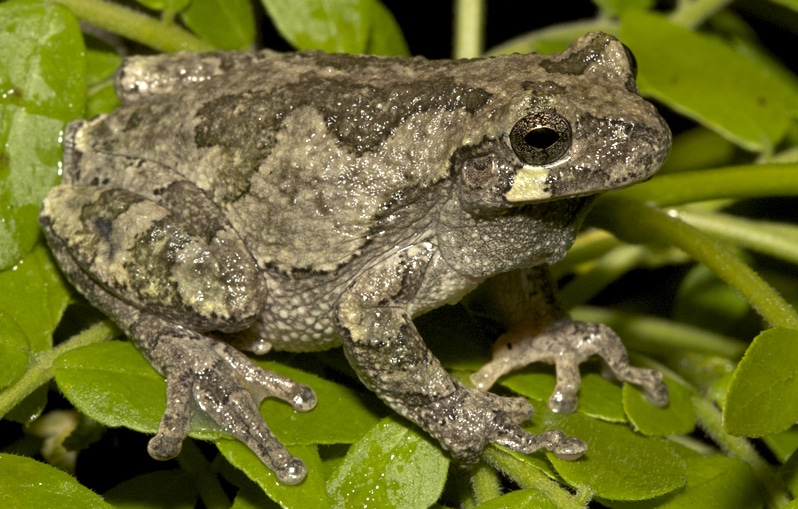
The most common toad in New York is the American toad (Anaxyrus americanus). You might be wondering about the differences between frogs and toads. There is actually no scientific basis for what we call a frog versus a toad. We generally refer to species with shorter limbs and wartier skins as “toads” while “frogs” tend to have smoother skin and long legs. But of the 29 families and nearly 5,000 species of frogs on this planet, there are many exceptions to this rule.
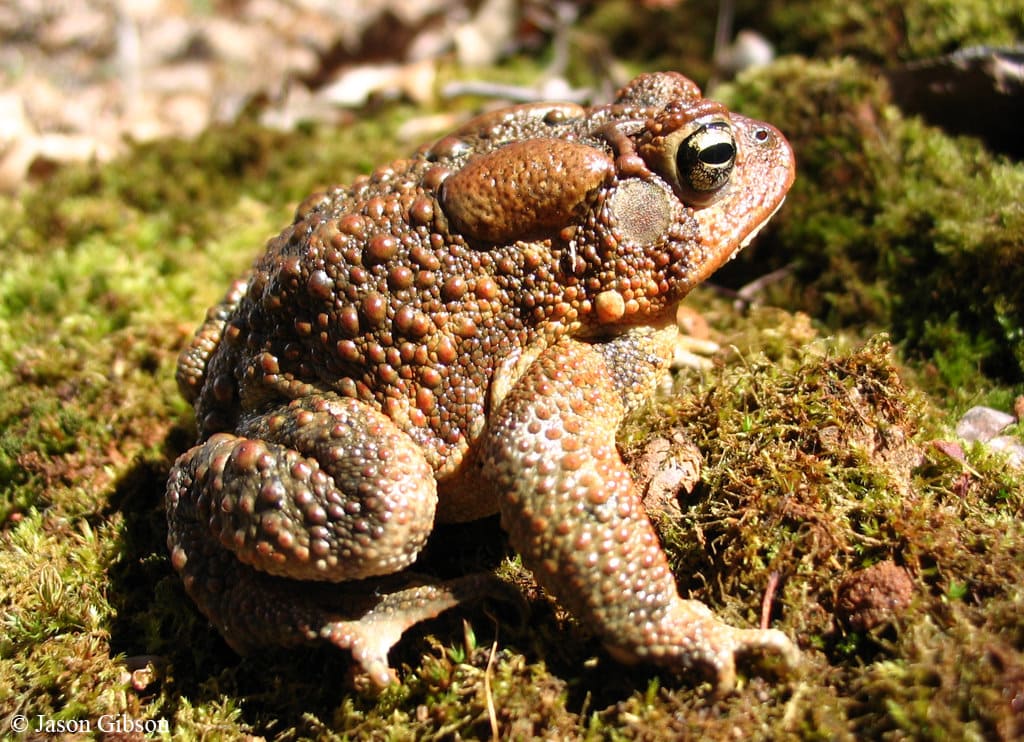
Regardless, touching a toad will not give you warts, but in general both frogs and toads alike are capable of producing irritable secretions through their skin, so it’s best to wash your hands after handling them before touching your eyes and mouth.
Perhaps more importantly, humans can easily transmit amphibian diseases to frogs and toads, as well as poisoning them through their permeable skins. If handling amphibians, your hands must be clear of bug spray, sunscreen, soaps, hand sanitizers, and other residue, and should be moistened in the animals’ habitat before handling. You should never move animals away from where you found them, other than from a road to just off that road. And your boots should be cleaned with diluted bleach before traveling between wetlands to avoid contributing to global amphibian pandemics.
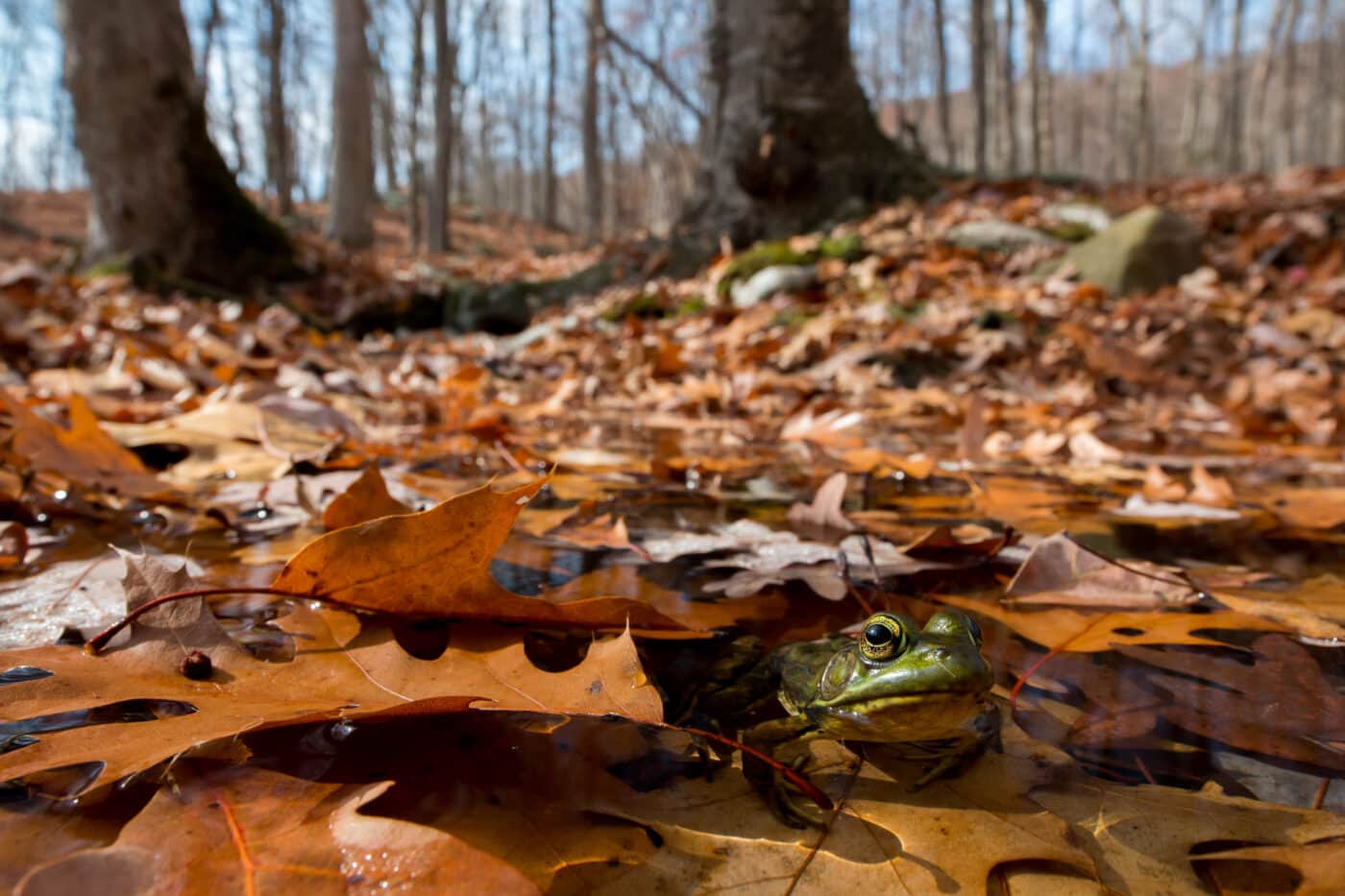
The most common and familiar frogs of New York belong to the family Ranidae or “true frogs.” They are the archetypical frog: green in color, webbed toes, long legs with powerful jumping ability and generally found around water. The two most common species are the green frog and bullfrog.
The two coexist in ponds and lakes, but bullfrogs grow to much larger sizes. One key trait to identify which species is which is by looking for a “dorsolateral ridge,” a small skin fold that extends straight along the length of the green frog’s body but is different and curved in bullfrogs. They also have different calls, with the green frog usually being described as a “loose banjo pluck,” while bullfrogs have a deep series of low hums.
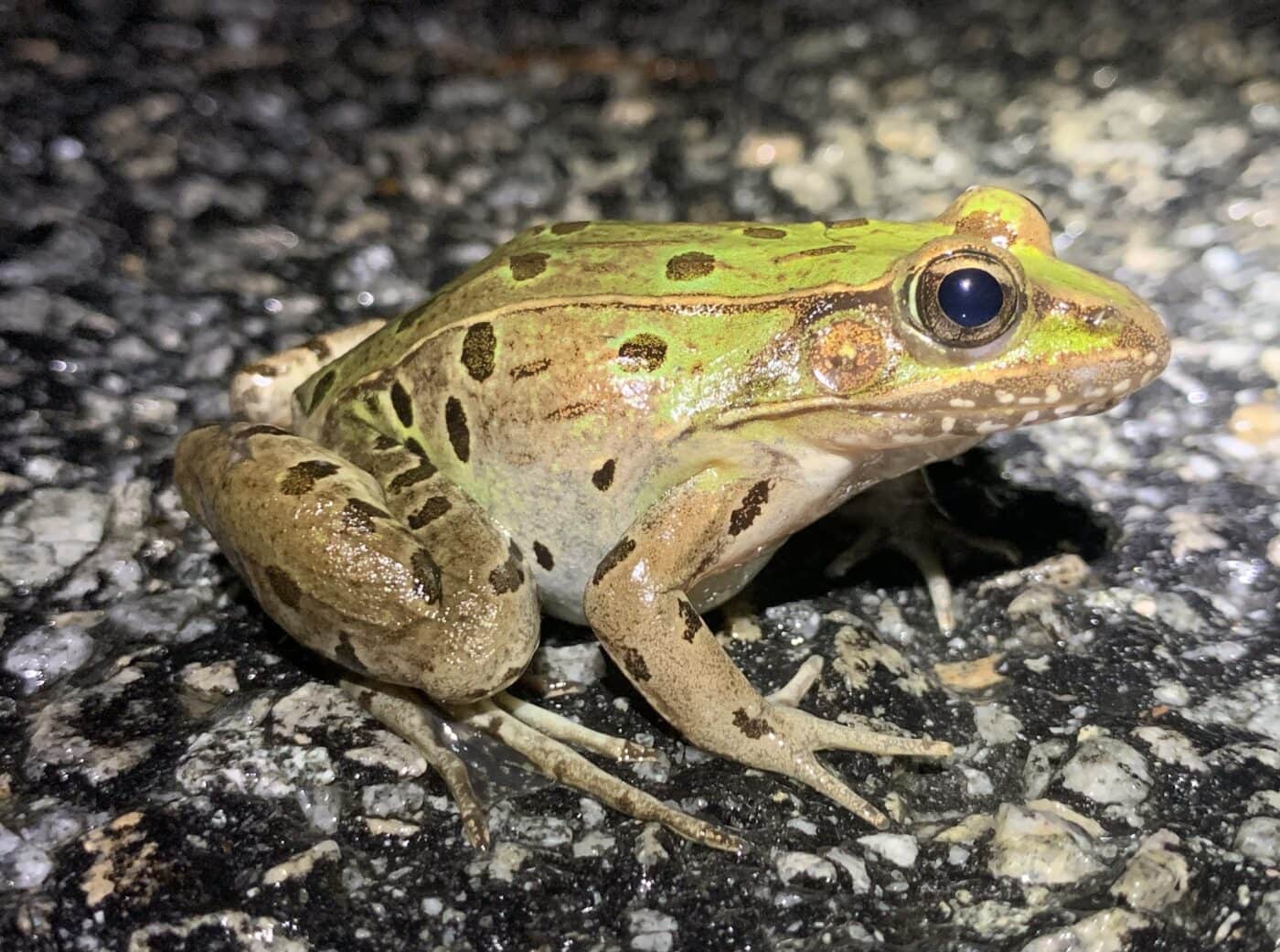
The northern leopard frog (Lithobates pipiens) and pickerel frog (Lithobates palustris) are two more similar-looking species. These are medium sized frogs with a spotted pattern but the leopard frogs have more rounded spots while the spots on a pickerel frog are more rectangular. If you’re confused, don’t feel too bad. There was an entirely new species of leopard frog living in New York City and the Hudson Valley that wasn’t discovered until 2014: the Atlantic coast leopard frog (Lithobates kaufeldii).
This phenomenon is known as a “cryptic species,” which is when an organism is almost indistinguishable from the outside, but is genetically distinct. In the case of the Atlantic coast leopard frog it also had a distinct call which is usually a key trait in defining frog species. For a species to go unnoticed for so long in one of the most populated areas of the world stresses the
fact that we still have so much to learn about our natural world, even right in our own backyards.
For tips on living in more frog-friendly ways, check out New York amphibian-supporting organization A Frog House.


